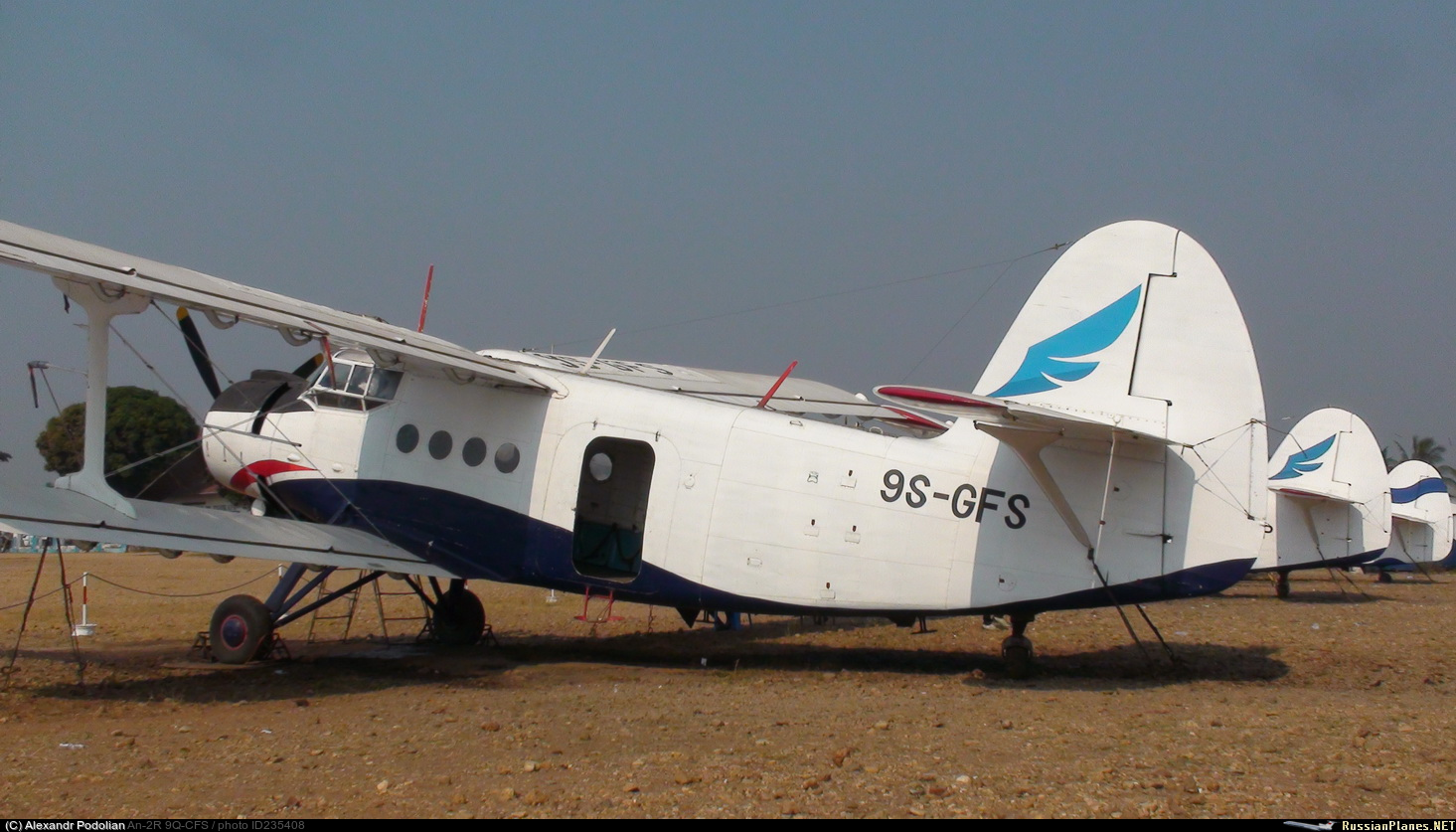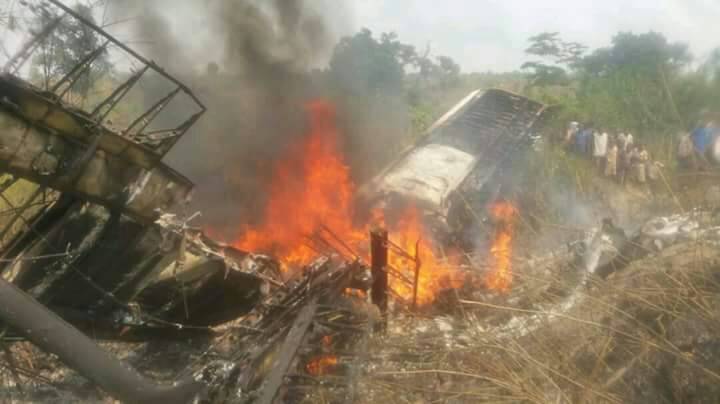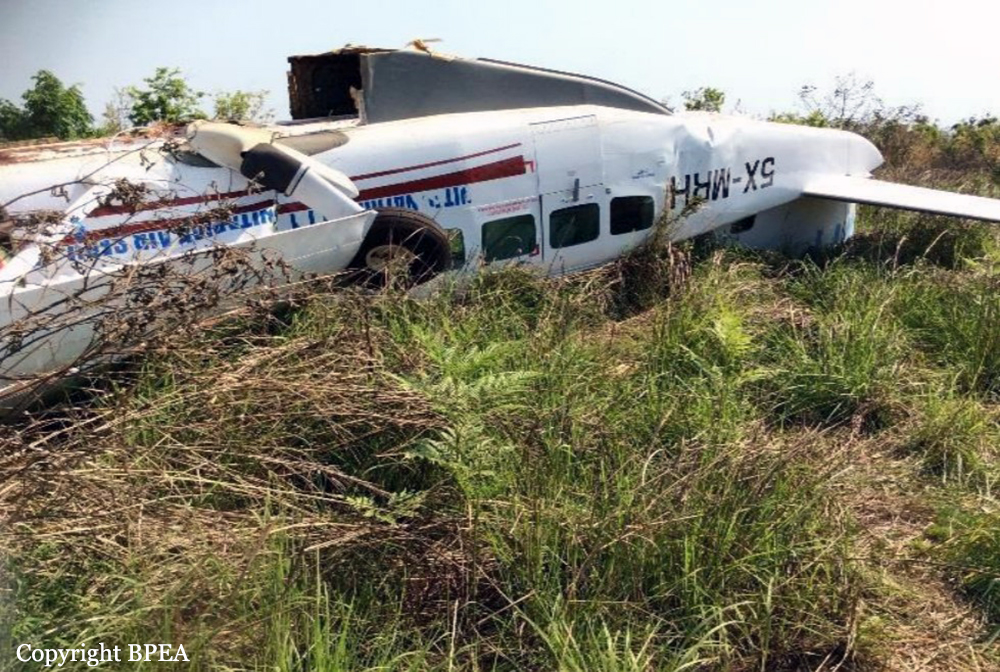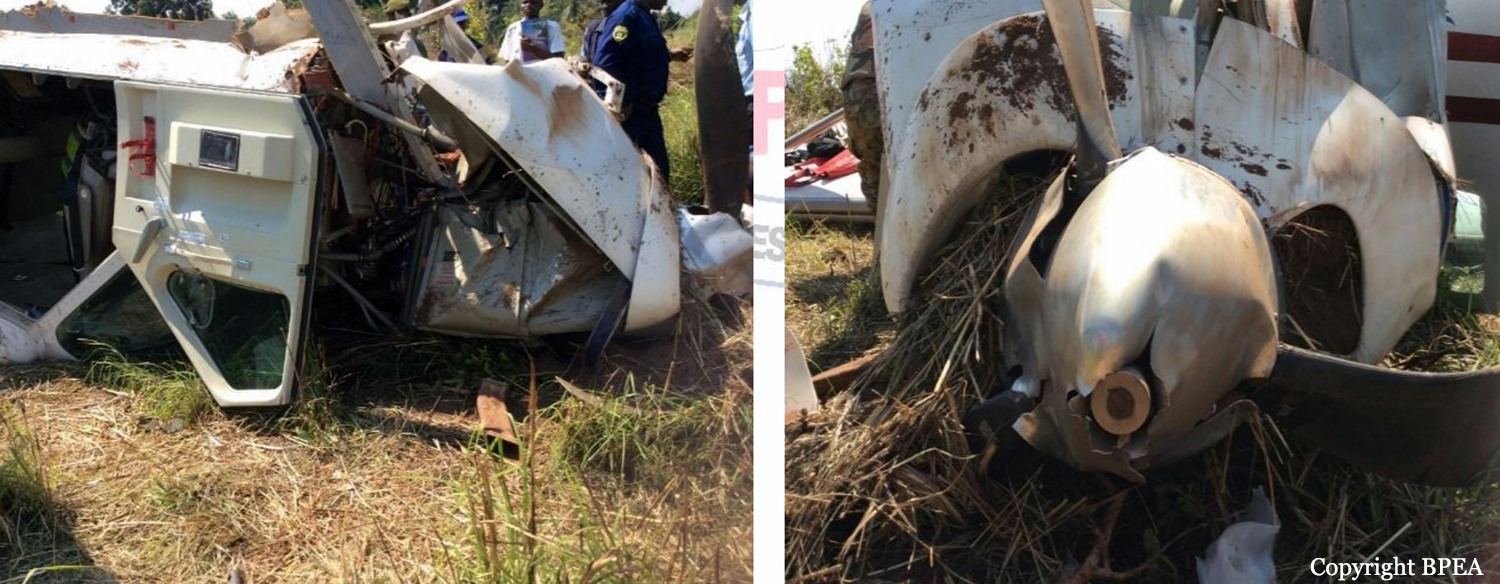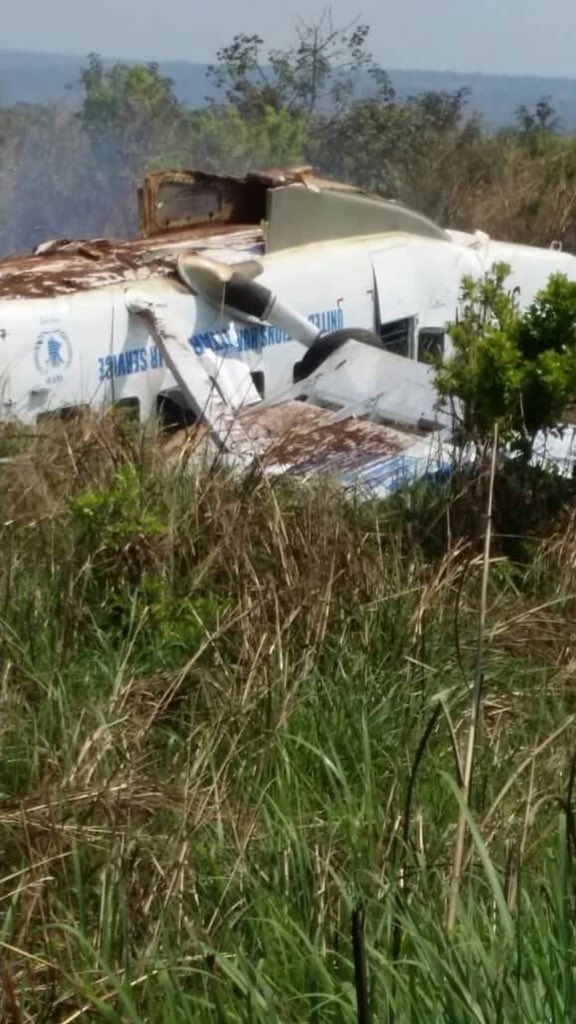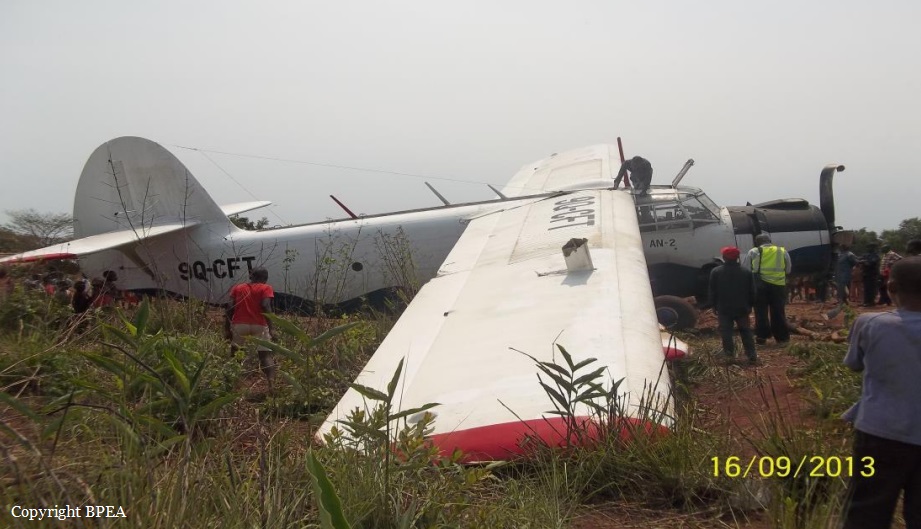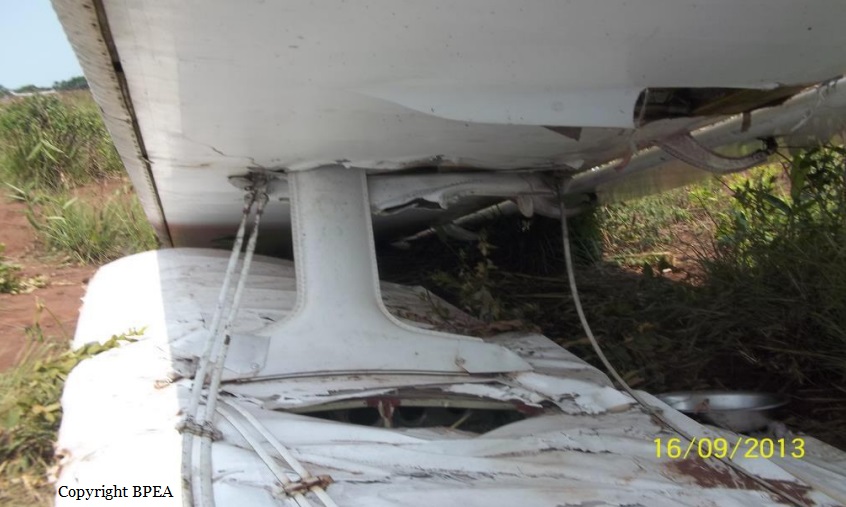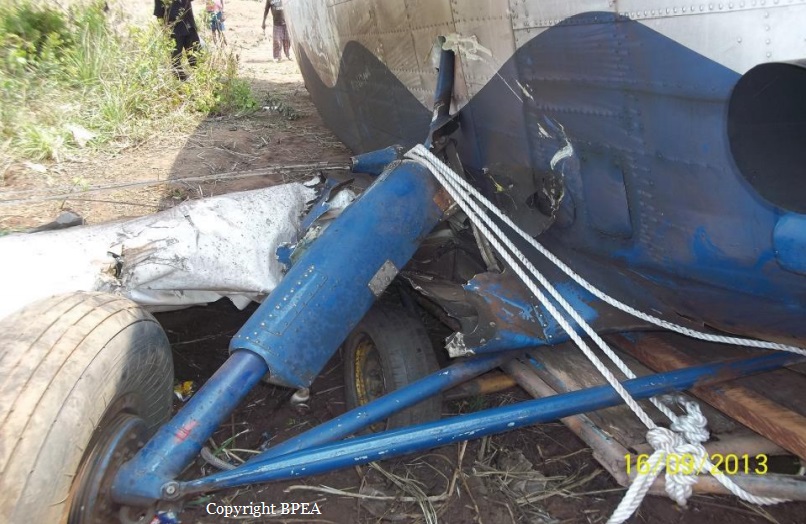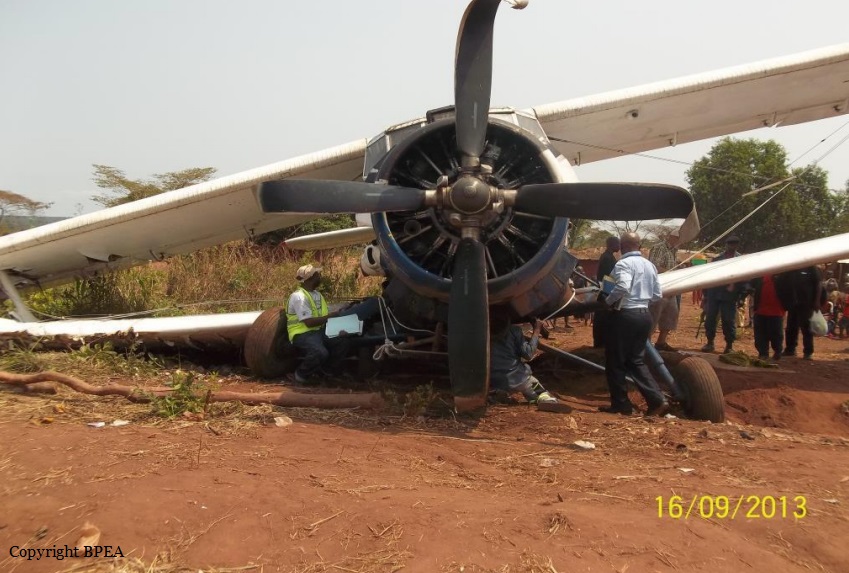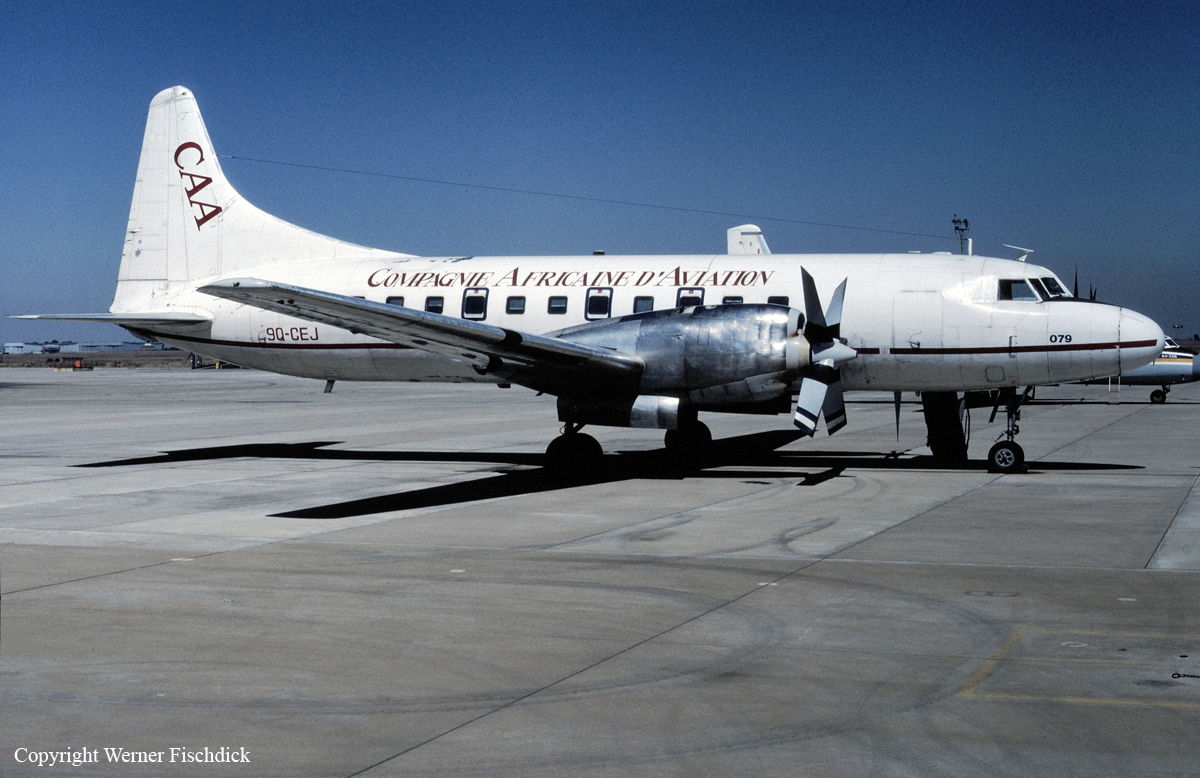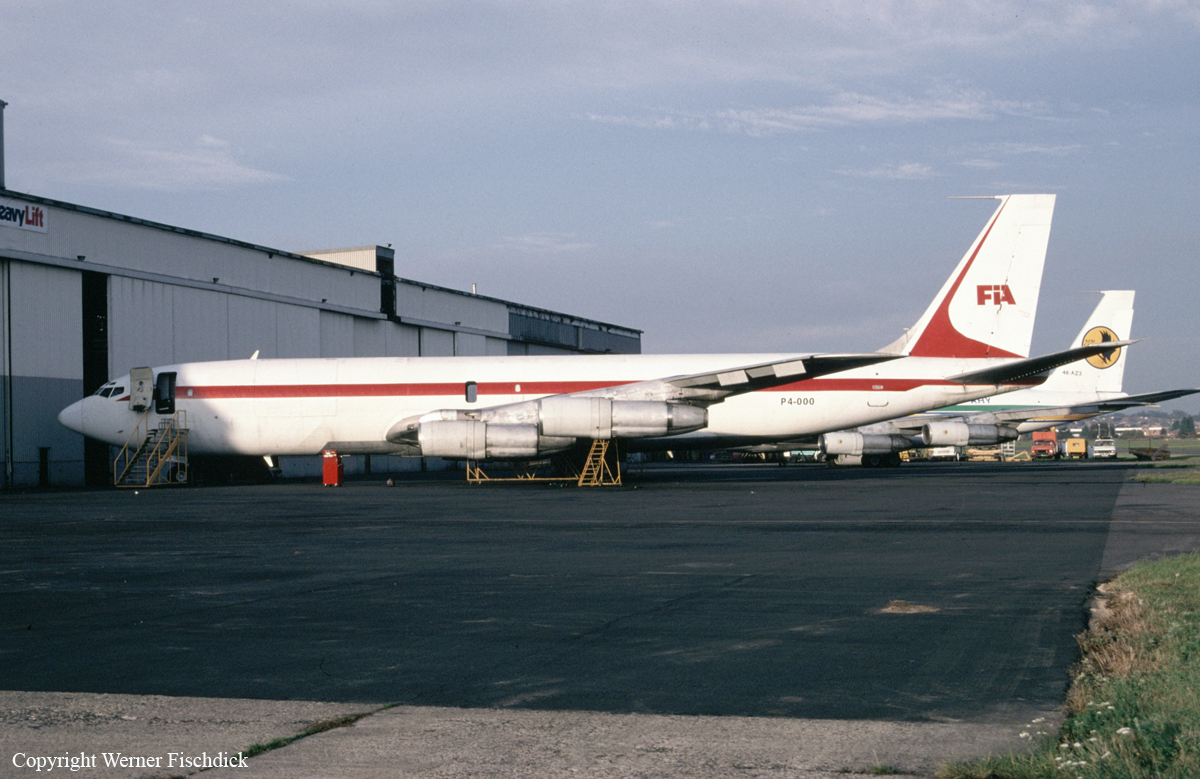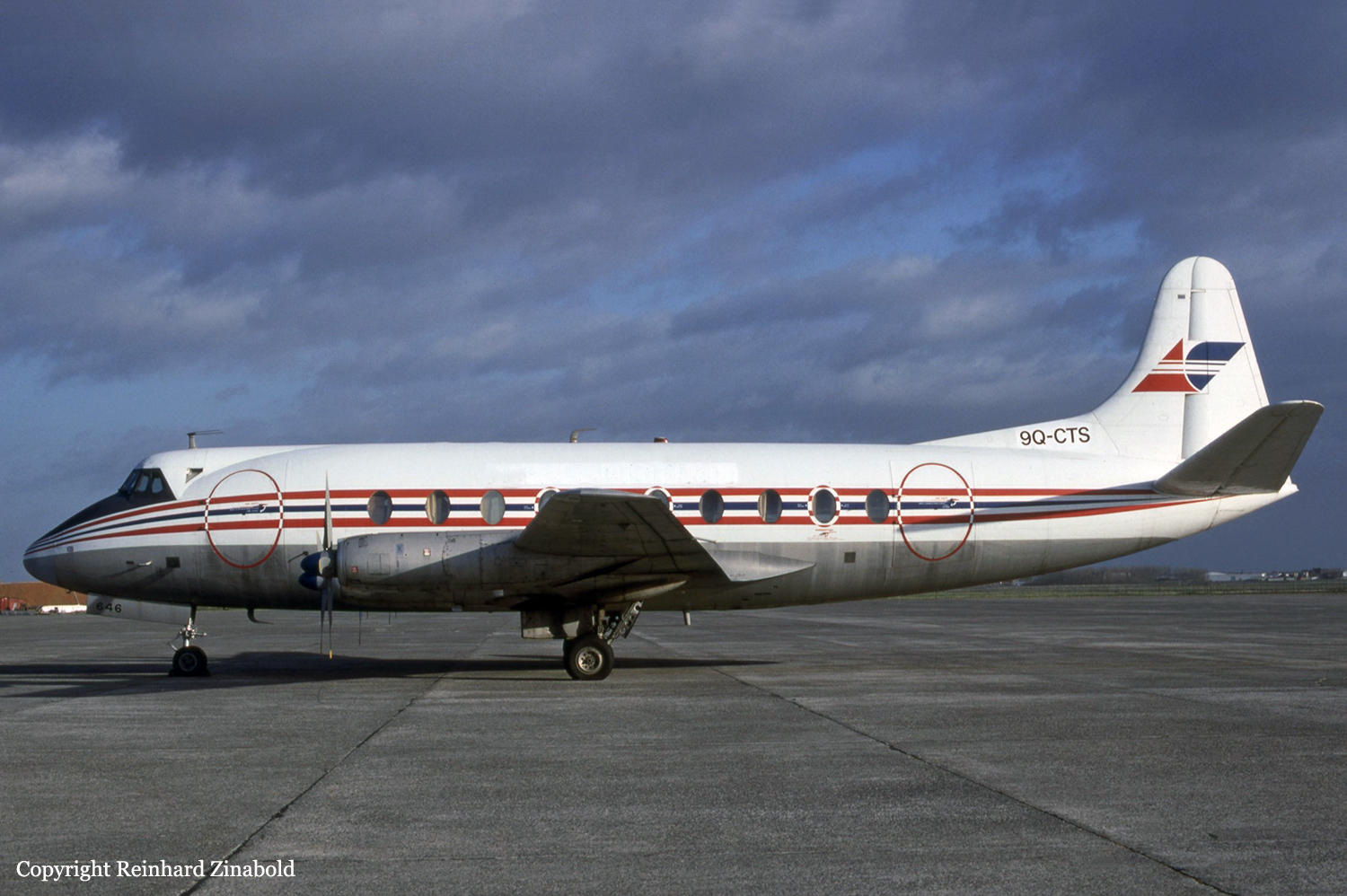Crash of a PZL-Mielec AN-2R in Kamako: 5 killed
Date & Time:
Jul 27, 2018 at 1000 LT
Registration:
9S-GFS
Survivors:
Yes
Schedule:
Kamako – Nsumbula – Diboko – Tshikapa
MSN:
1G201-29
YOM:
1983
Crew on board:
2
Crew fatalities:
Pax on board:
5
Pax fatalities:
Other fatalities:
Total fatalities:
5
Aircraft flight hours:
4371
Aircraft flight cycles:
2585
Circumstances:
The single engine airplane departed Kamako Airport on a flight to Tshikapa with intermediate stops in Nsumbula and Diboko, carrying five passengers and two pilots. After takeoff, while climbint to a height of about 3,500 feet, the crew spotted birds in the vicinity when the engine lost power. The captain decided to return to Kamako but as he was unable to maintain a safe altitude, he attempted an emergency landing when the aircraft crashed in a marshy field located 3 km from the airport, bursting into flames. The captain and a passenger survived while five other occupants were killed.
Probable cause:
It is believed that the engine lost power following a collision with a flock of birds, but the extent of damages could not be determined.
Final Report:
